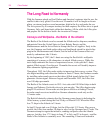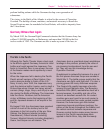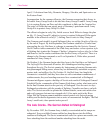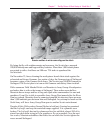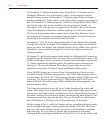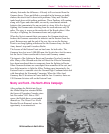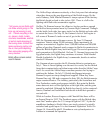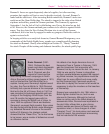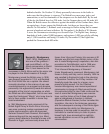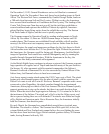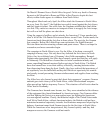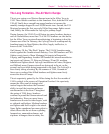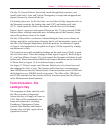
Chapter 7 The Big Picture: A Short History of World War II
143
Rommel’s forces are again desperately short of supplies, but after receiving
promises that supplies will arrive soon, he decides to attack. As usual, Rommel’s
tanks lead the attack east. After traversing British minefields, Rommel’s tanks turn
north toward the Alam Halfa ridge. The attack is stopped at the ridge when British
airplanes and artillery pound the German positions. The Germans try again on
September 1, but the lack of fuel is debilitating
one Panzer division has no fuel
at all. However, the German antitank guns continue to be effective against British
armor. Two days later the New Zealand Division tries to cut off the German
withdrawal, but is too heavily engaged to make any progress. Both sides settle in
again to rest and refit.
In keeping with his ever-analytical character, General Bernard Montgomery, now
commander of the British Eighth Army, spends over a month carefully planning
his attack on Rommel. Shortly after midnight on October 23, “Monty” launches
his attack. Despite all the training and elaborate timetables, the attack quickly lags
Erwin Rommel (1891-
1944). Perhaps the best
known and most charismatic
German General of World
War II, Rommel won the
respect of friend and foe
alike during the desert campaigns in North
Africa. Rommel’s military career began in 1910,
and he finished the First World War as a
captain, having won Germany’s highest award
for valor, the
Pour le Mérite
. In 1940 Rommel
brilliantly led a panzer division in the campaign
that led to the fall of France. Early in 1941 he
was promoted to lieutenant-general and took
charge of the fledgling Afrika Korps. Over the
next 18 months his legend grew with his
success in driving the British out of Libya. In
June 1942 he captured Tobruk and became
Germany’s youngest field marshal. Even when
the tide turned and the British under Montgom-
ery defeated Rommel’s forces in the second
battle of El Alamein, his strategic retreat
showed that the “Desert Fox,” as he had come
to be known, was a master of defensive as well
as offensive tactics.
His defeat of an Anglo-American force at
Kasserine Pass in Tunisia in February 1943
was the Americans’ first encounter with
Rommel, but by no means the last. In January
1944 he was sent to France to strengthen
northern coastal defenses against the impend-
ing Allied invasion; his preparations made the
Allies’ task far more difficult and more costly,
but the German High Command would not
allow him to deploy the forces he felt would be
necessary to stop the invaders on the beaches
of Normandy.
Rommel was wounded In July 1944 when a
British fighter strafed his car, and he was
returned to Germany. Although he had not
taken an active role in the failed attempt to
assassinate Hitler, Rommel was implicated in
the plot. Hitler offered him a grim choice:
commit suicide and leave his family and his
reputation intact, or face charges in a Nazi
“Peoples’ Court.” He took poison and received
a hero’s funeral, the government announcing
that he had died of his wounds.




